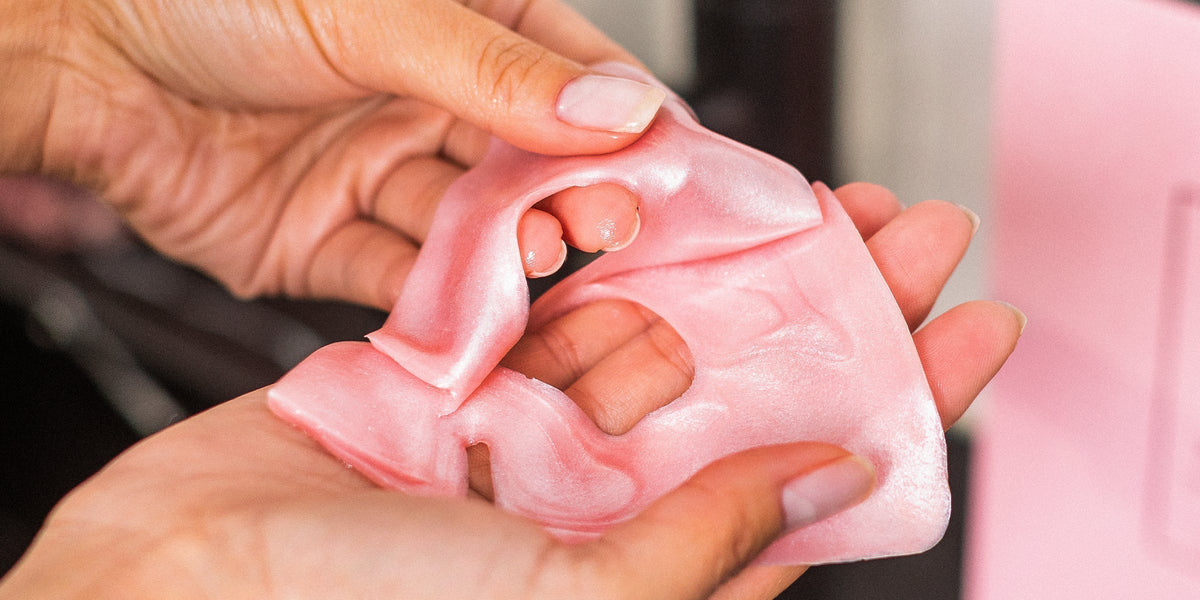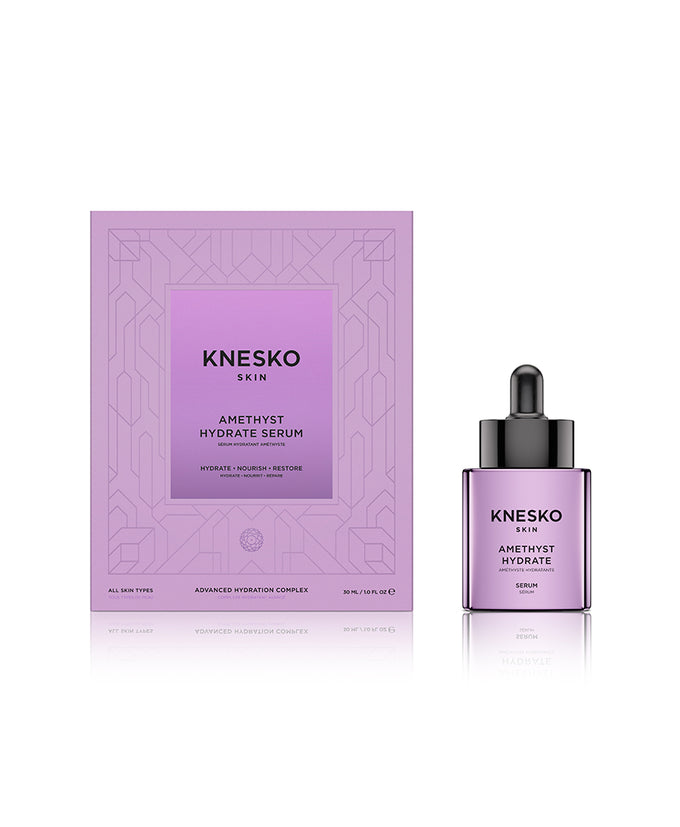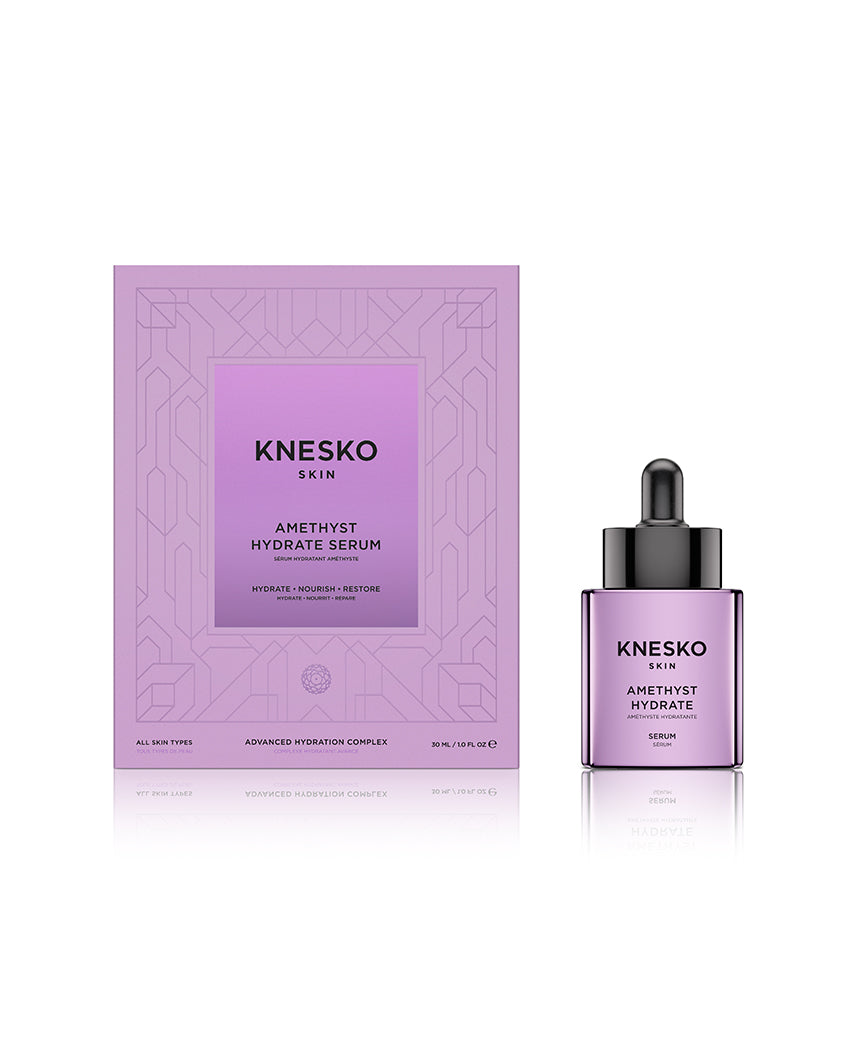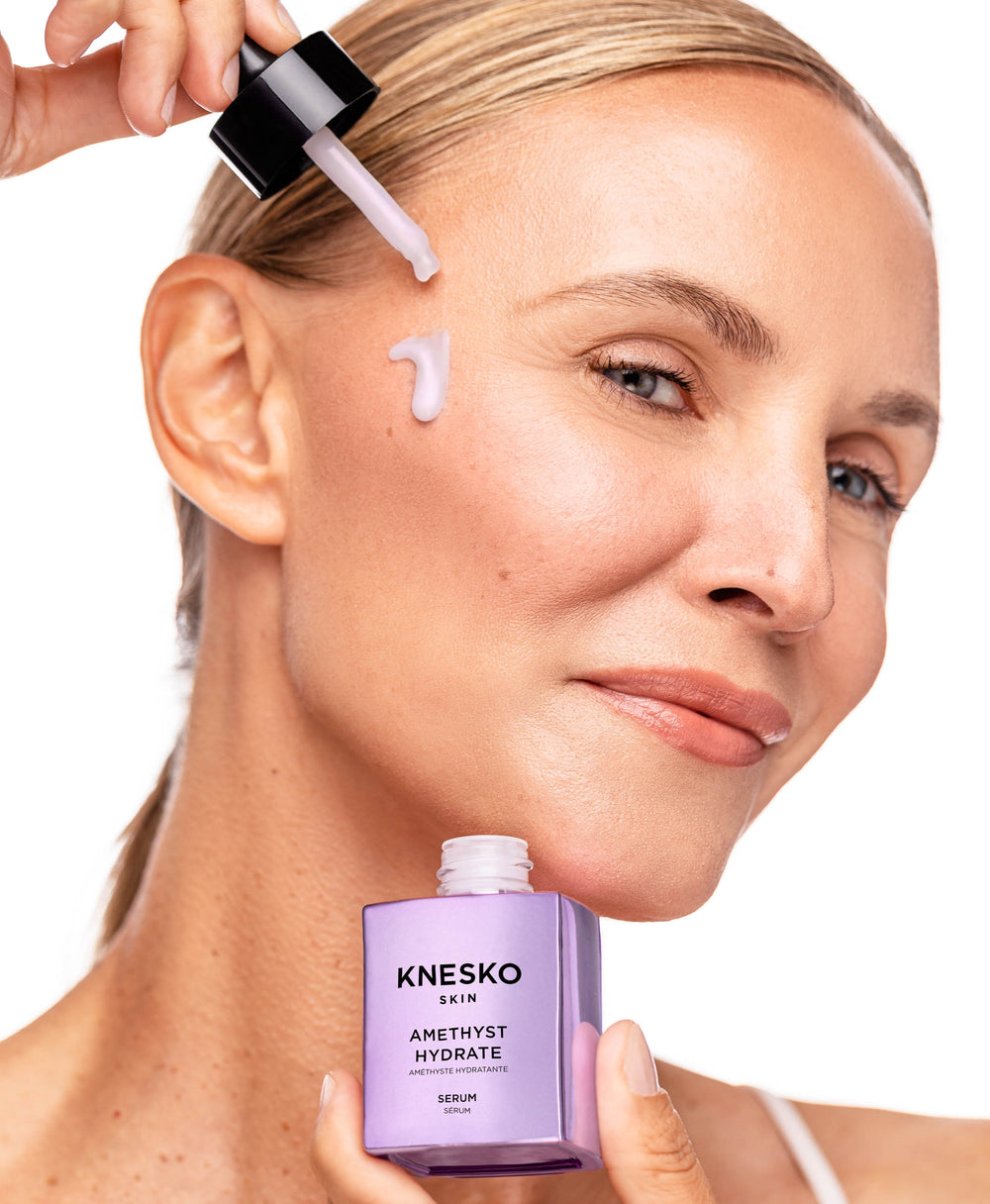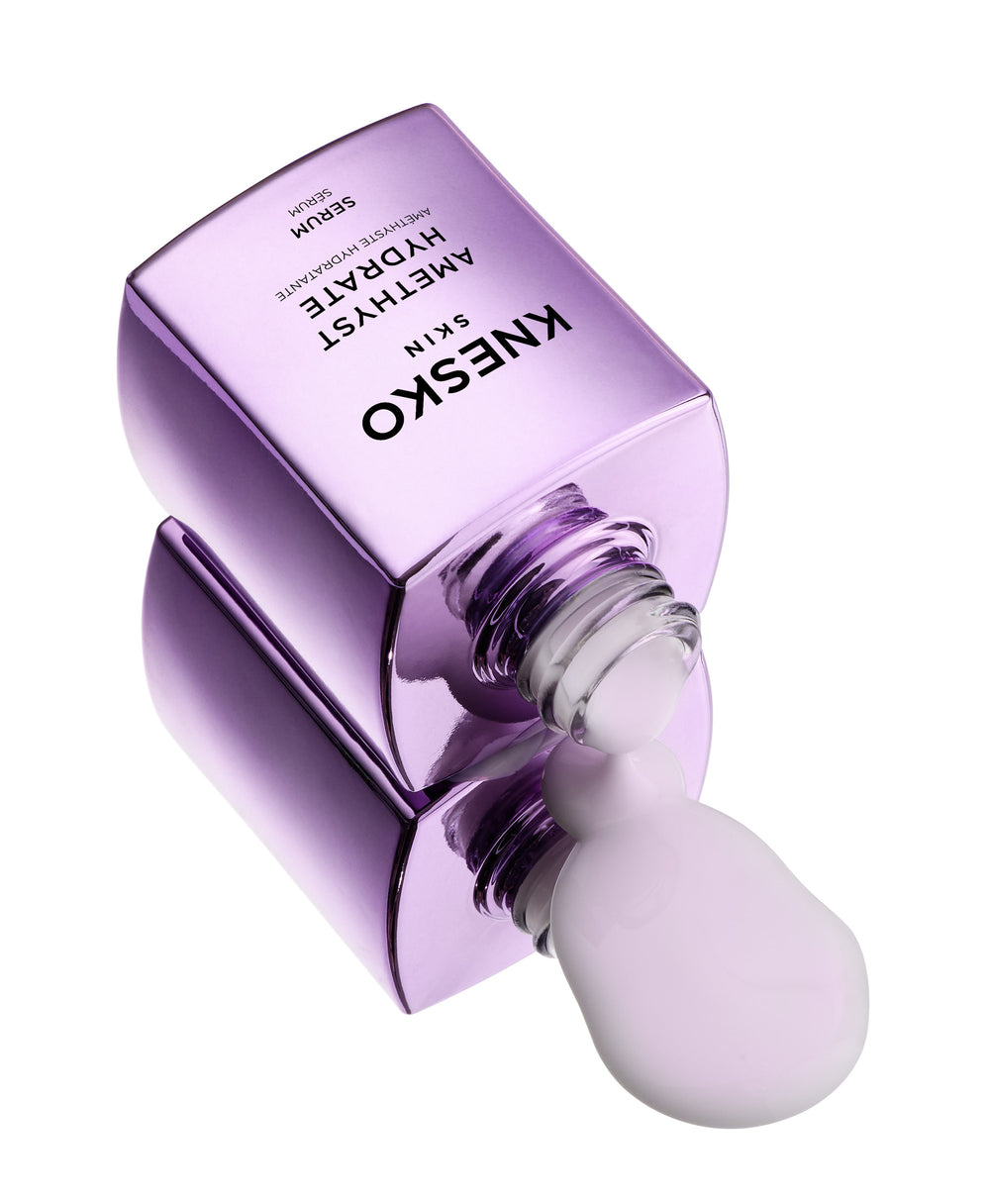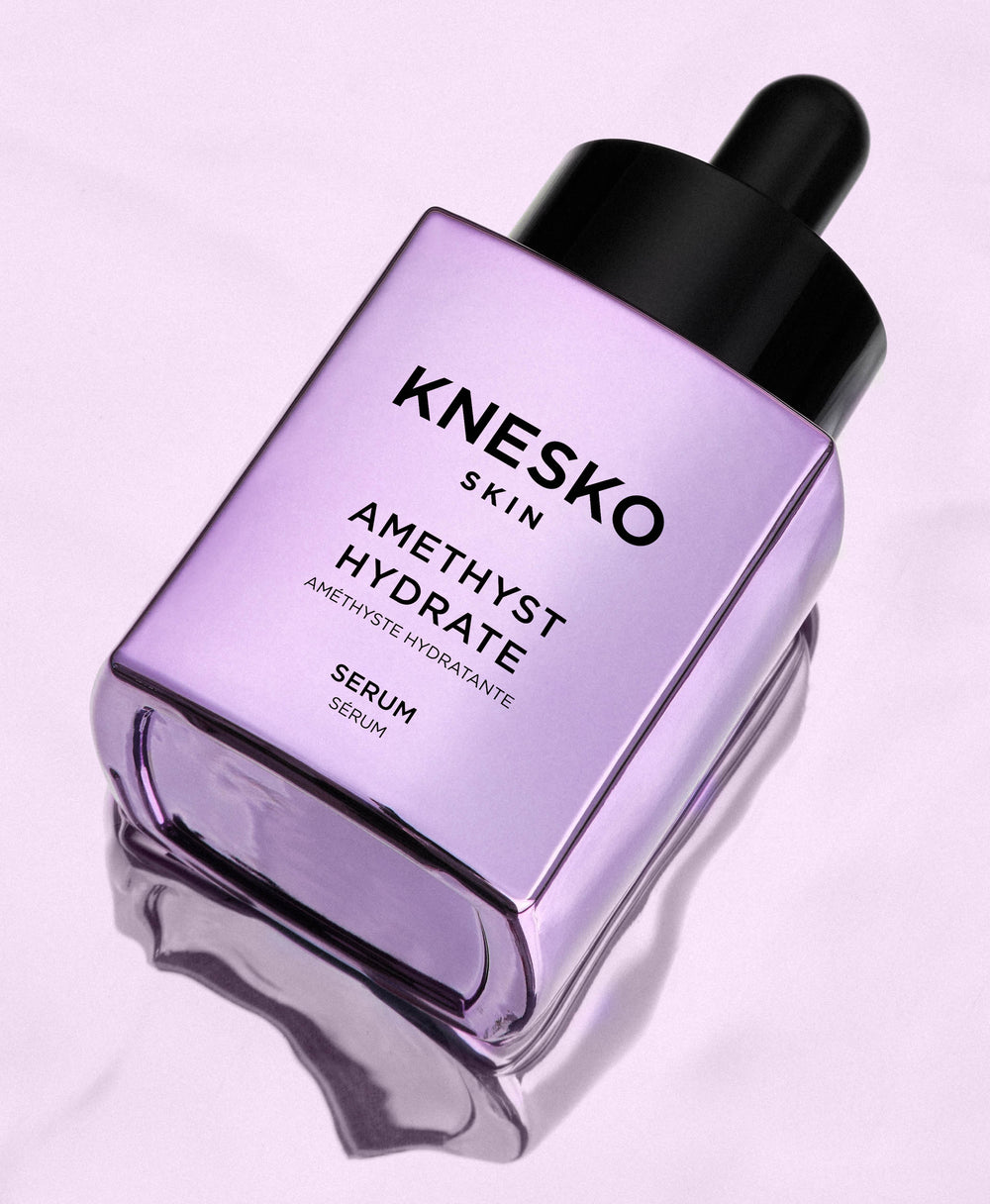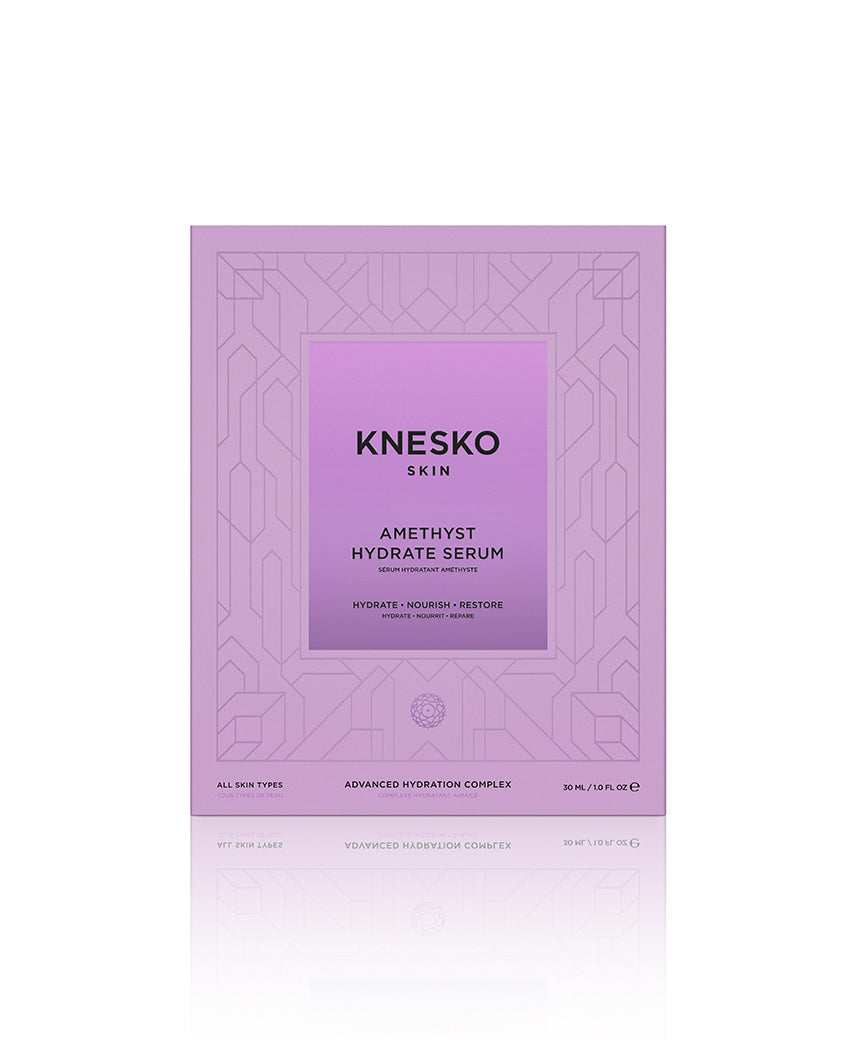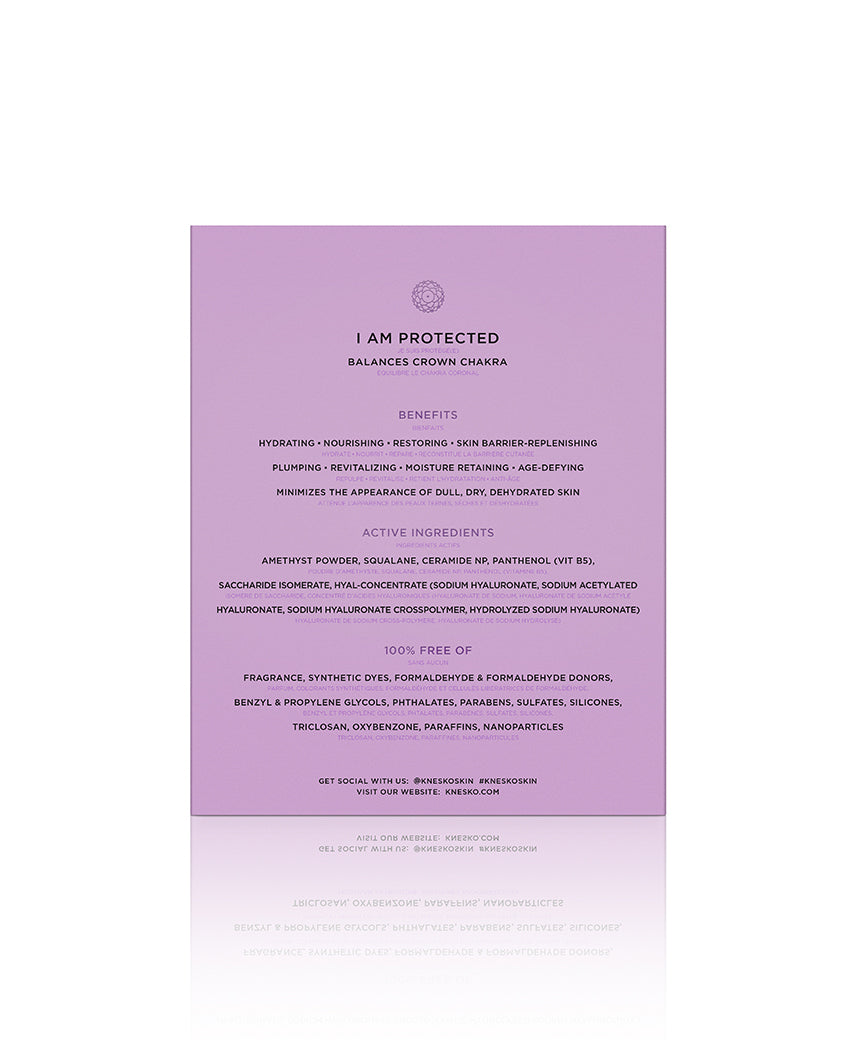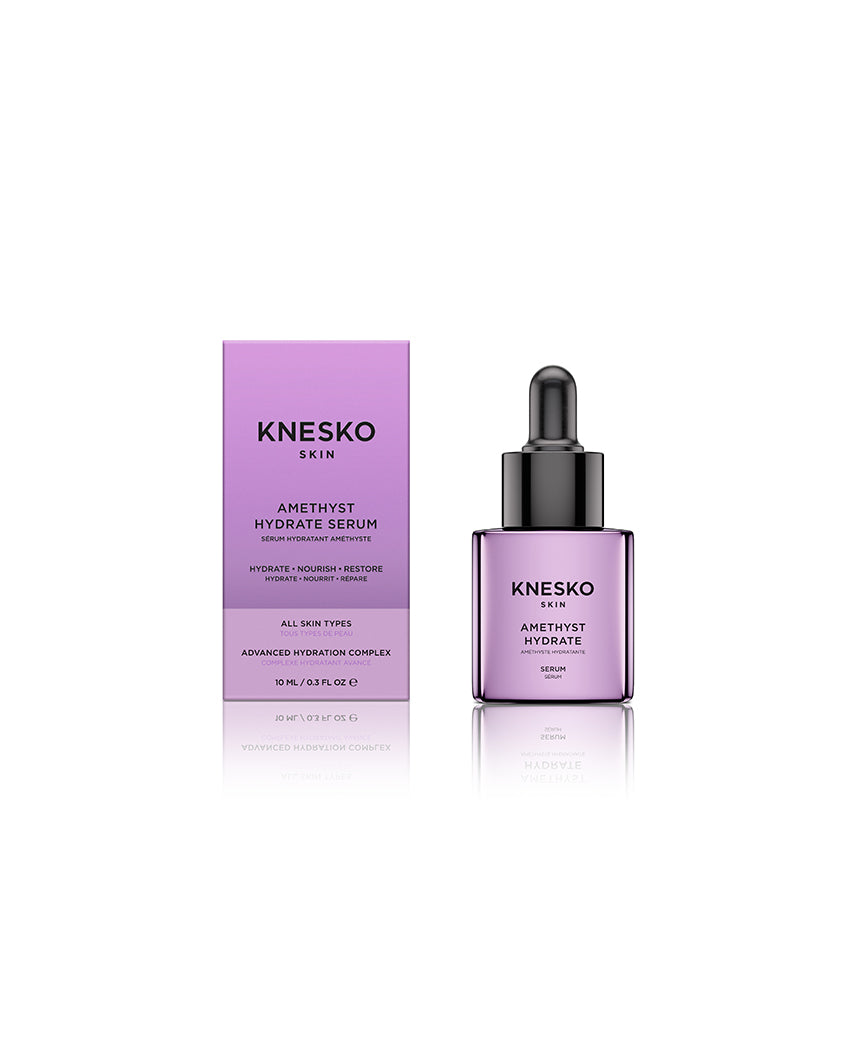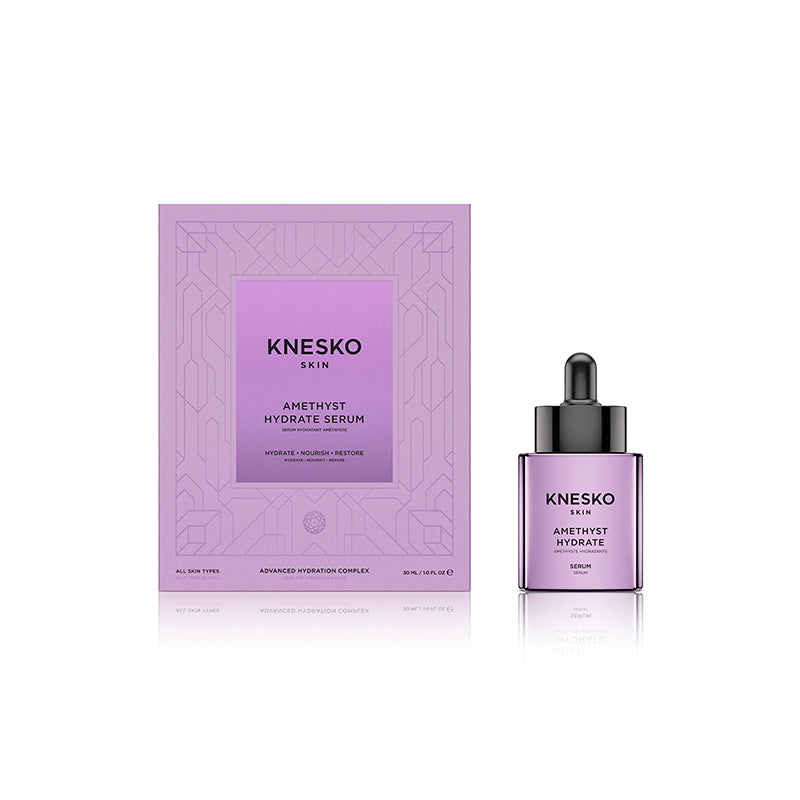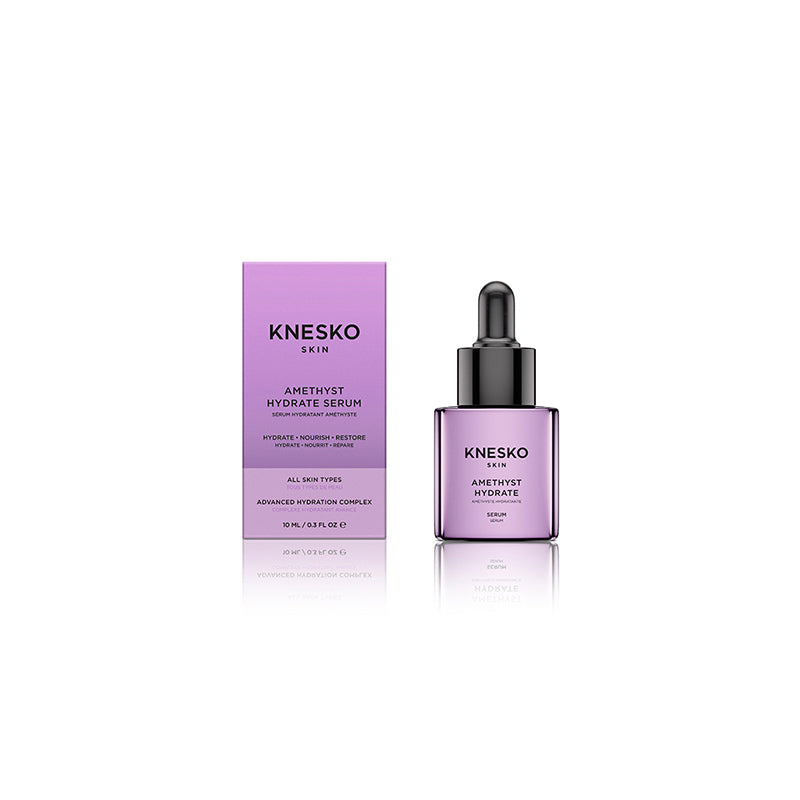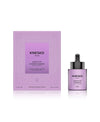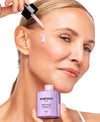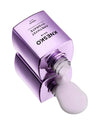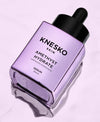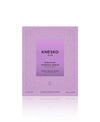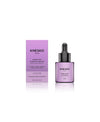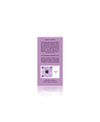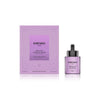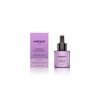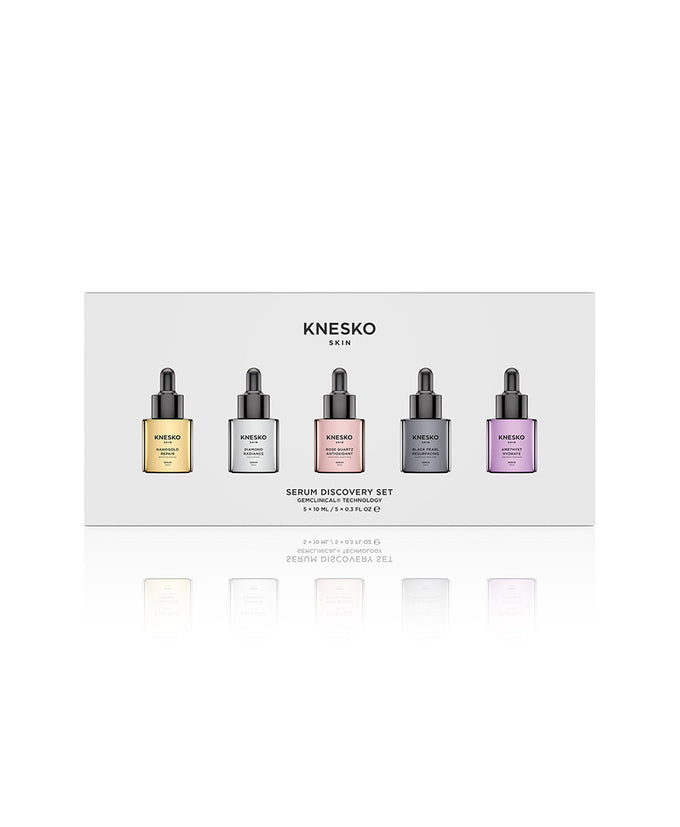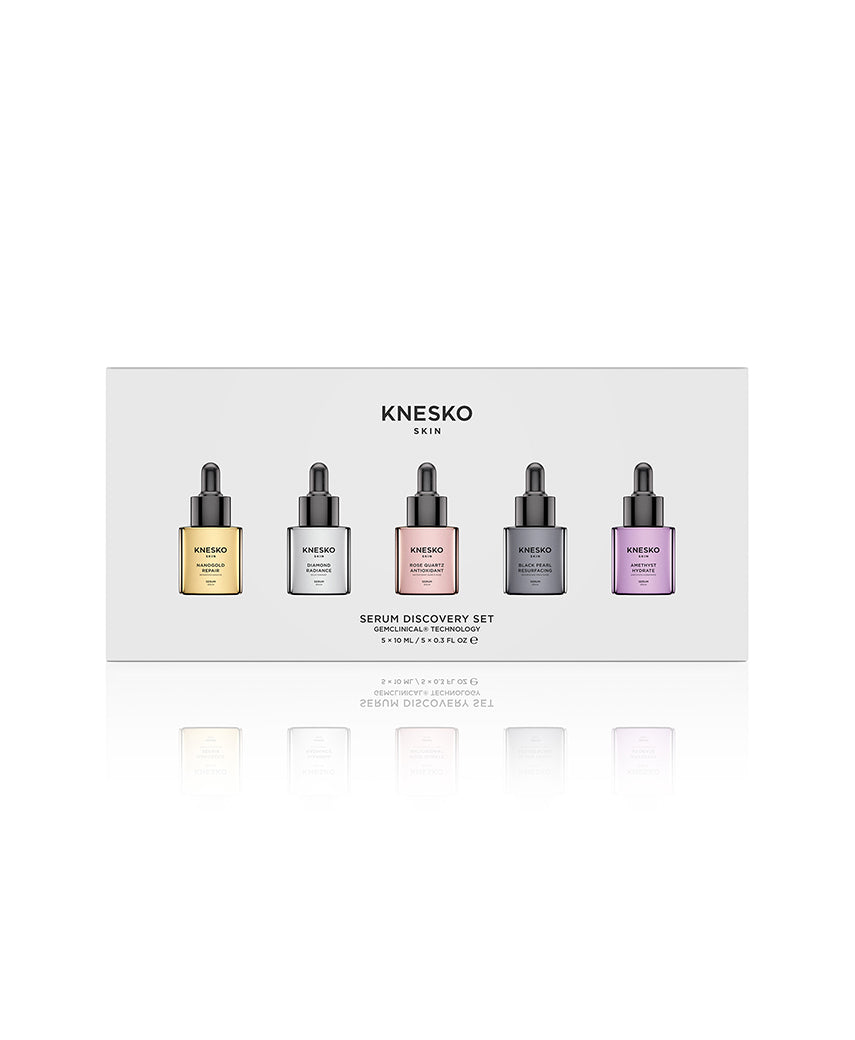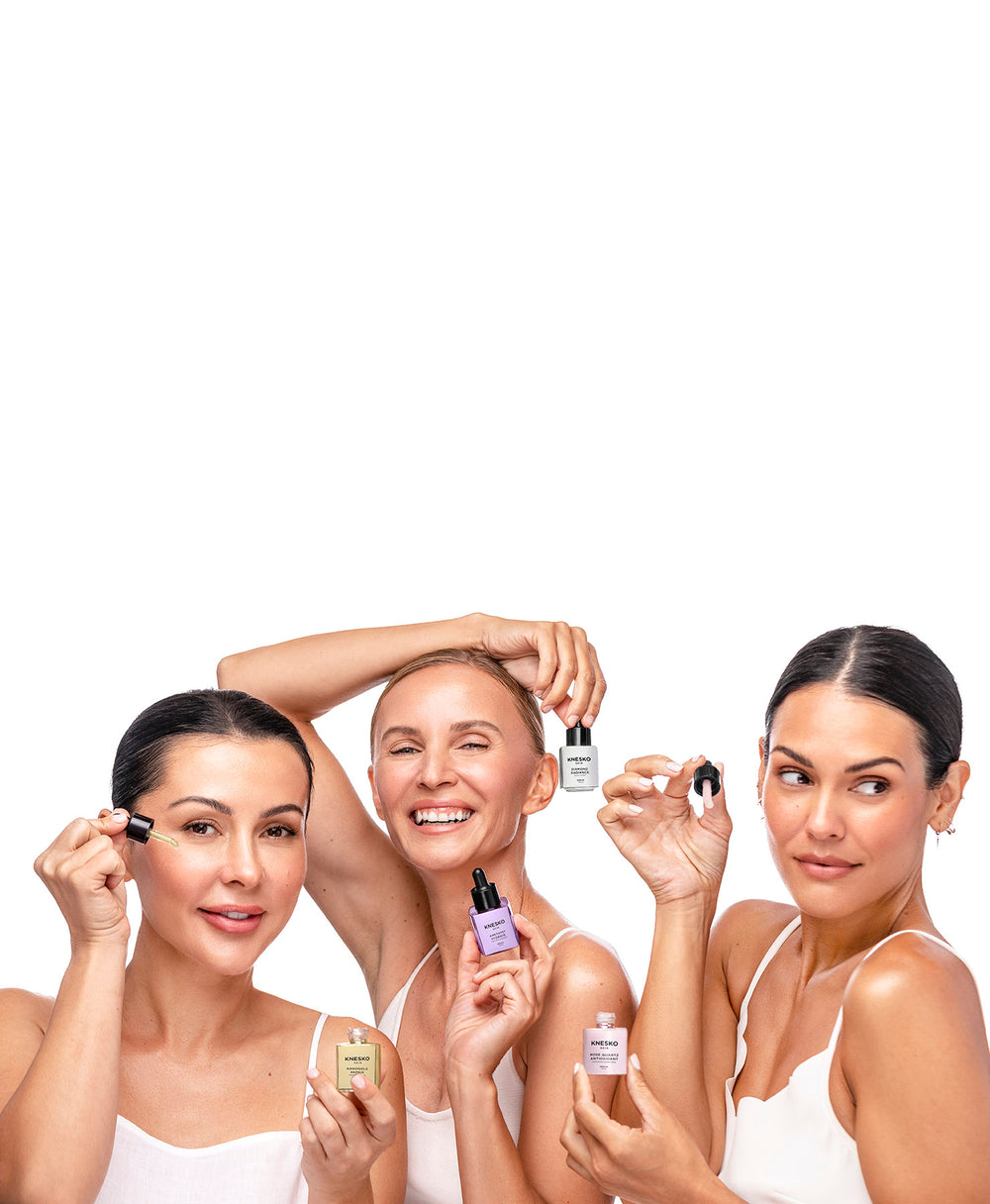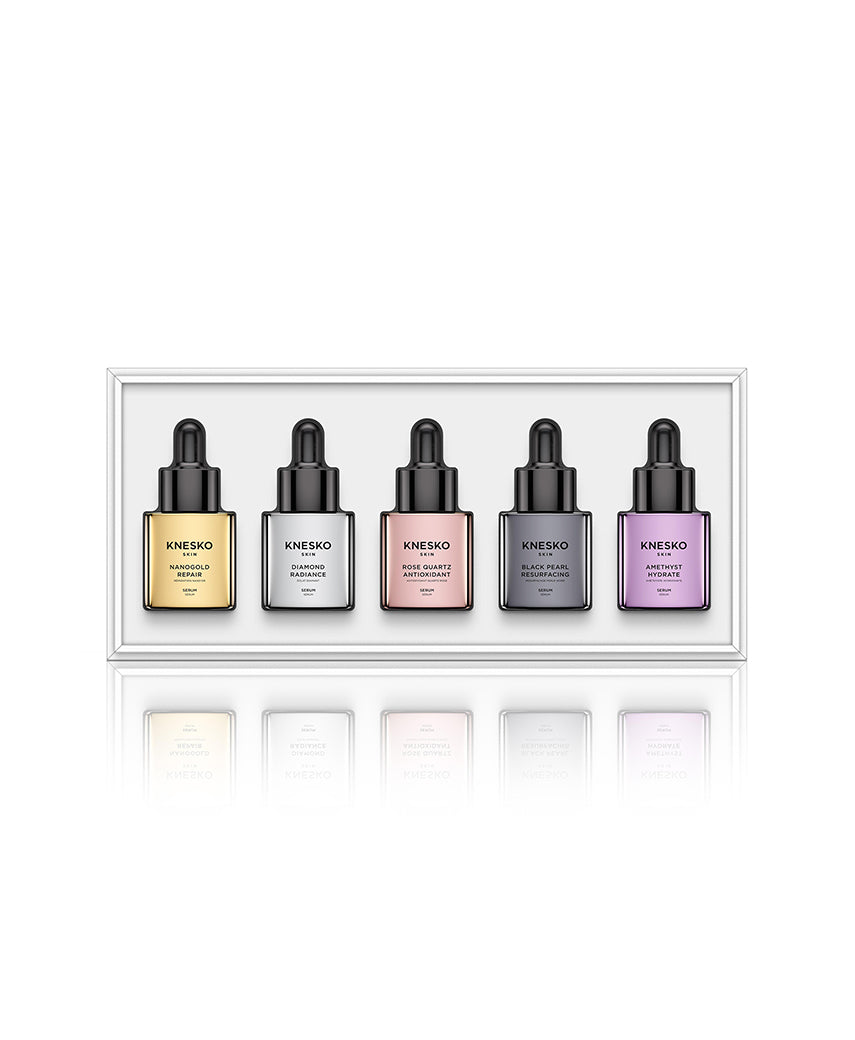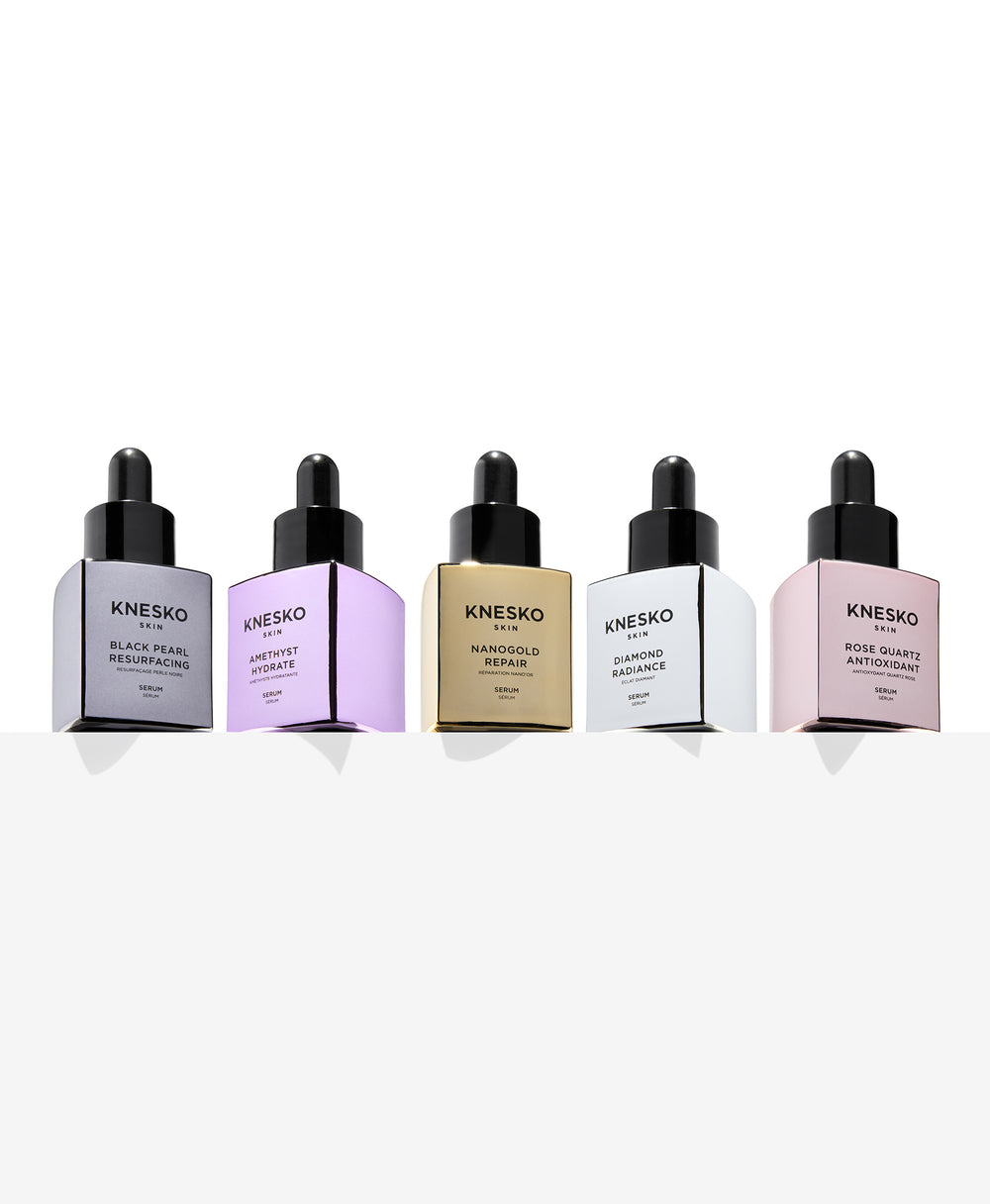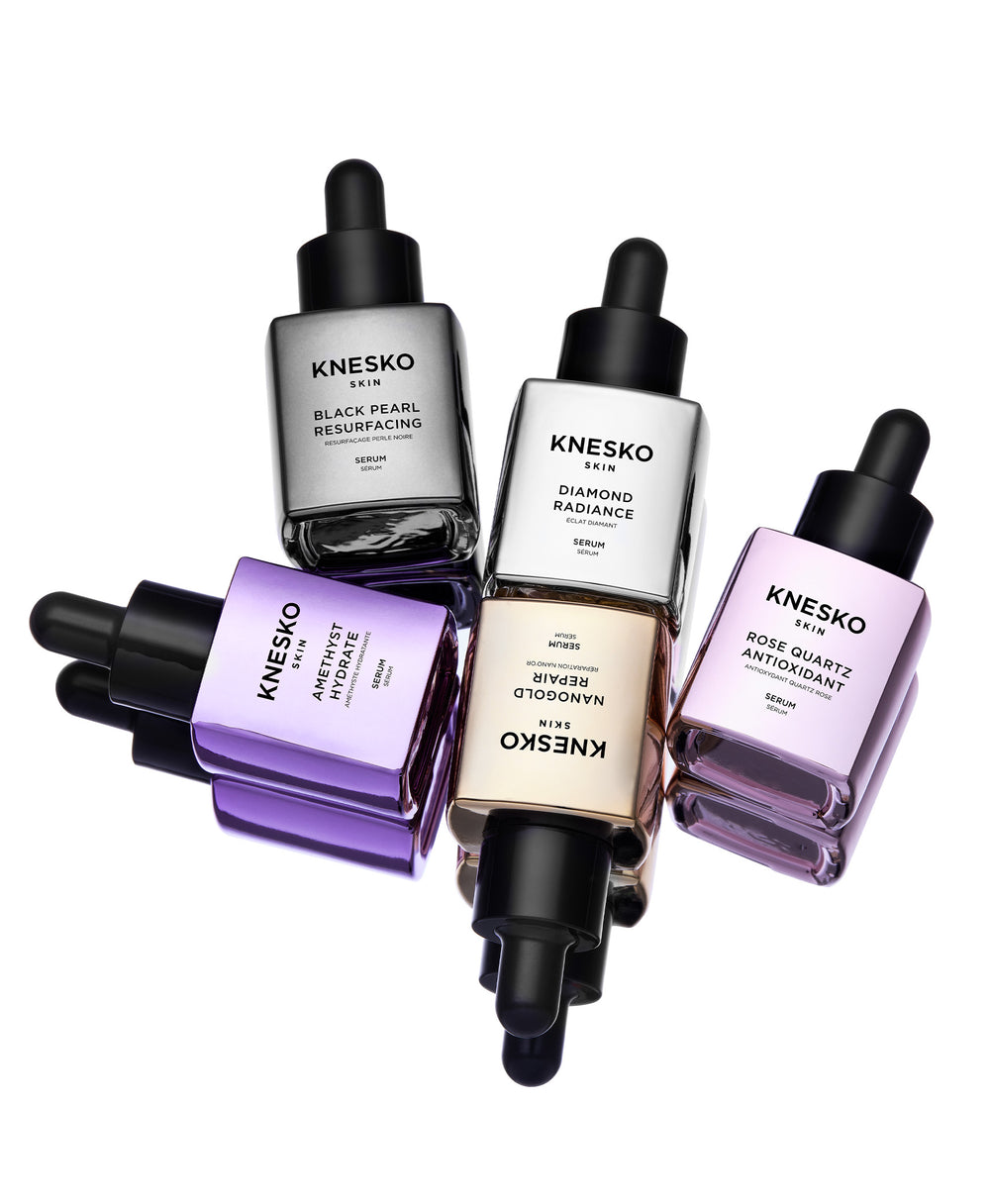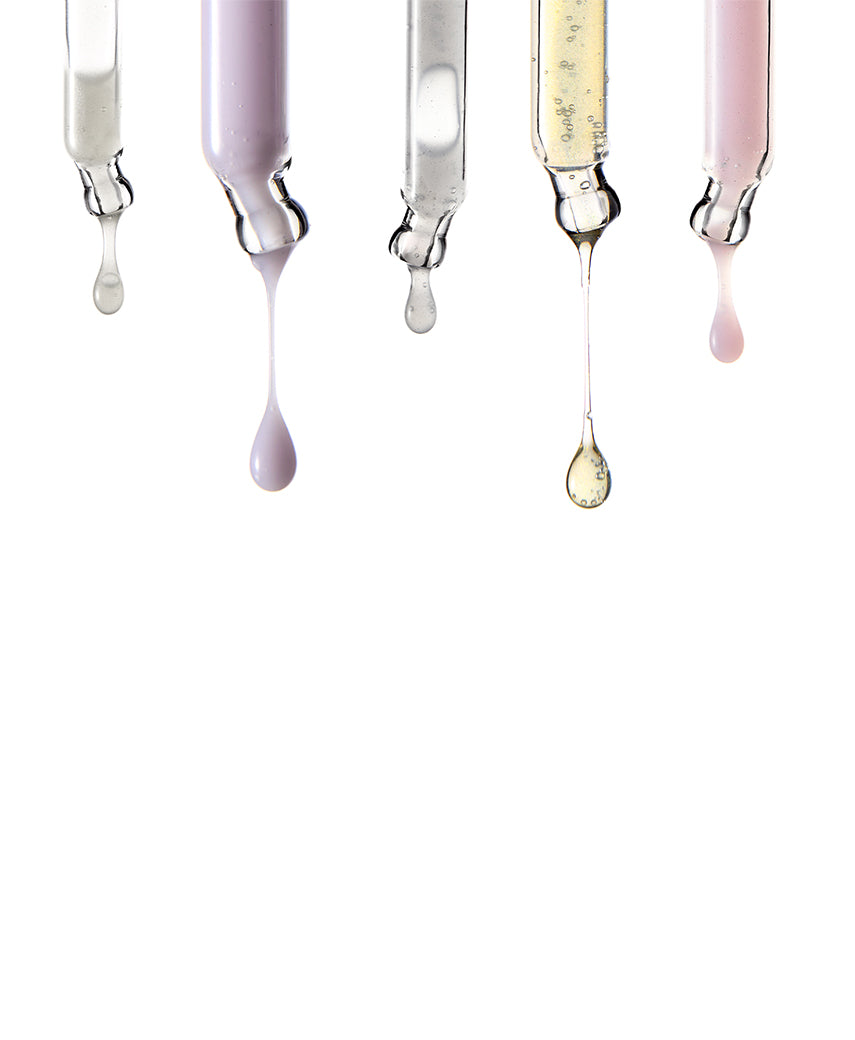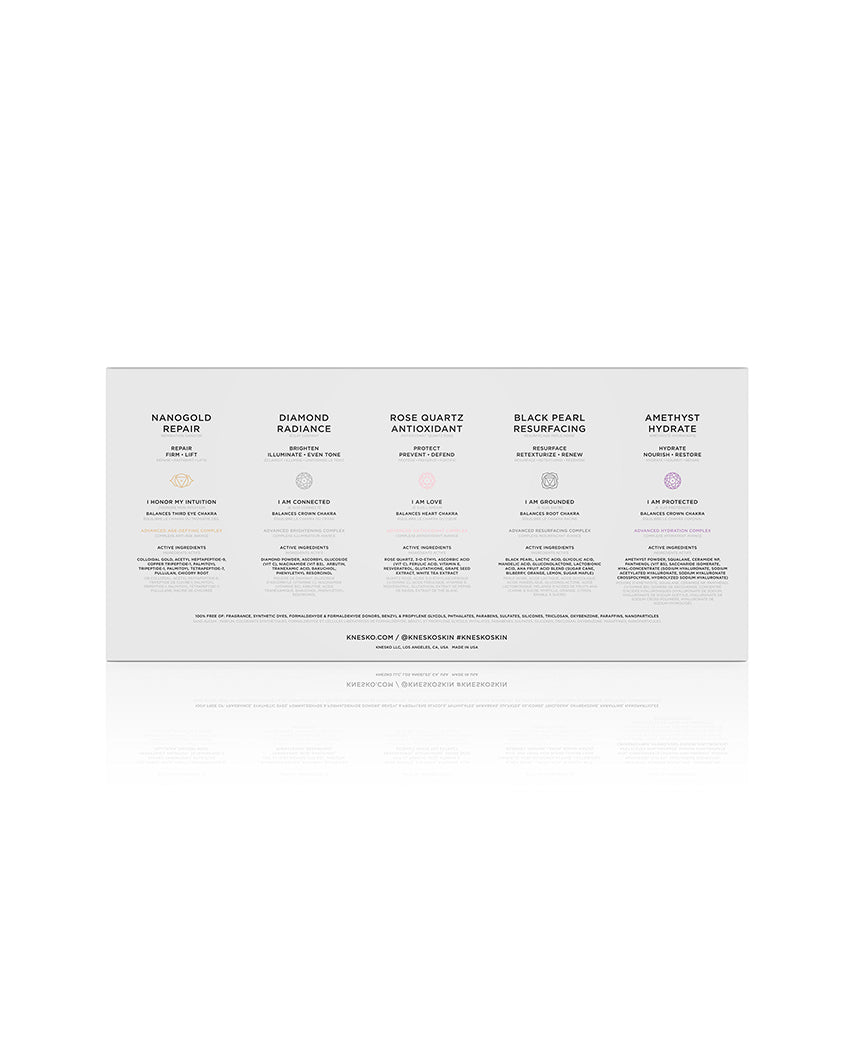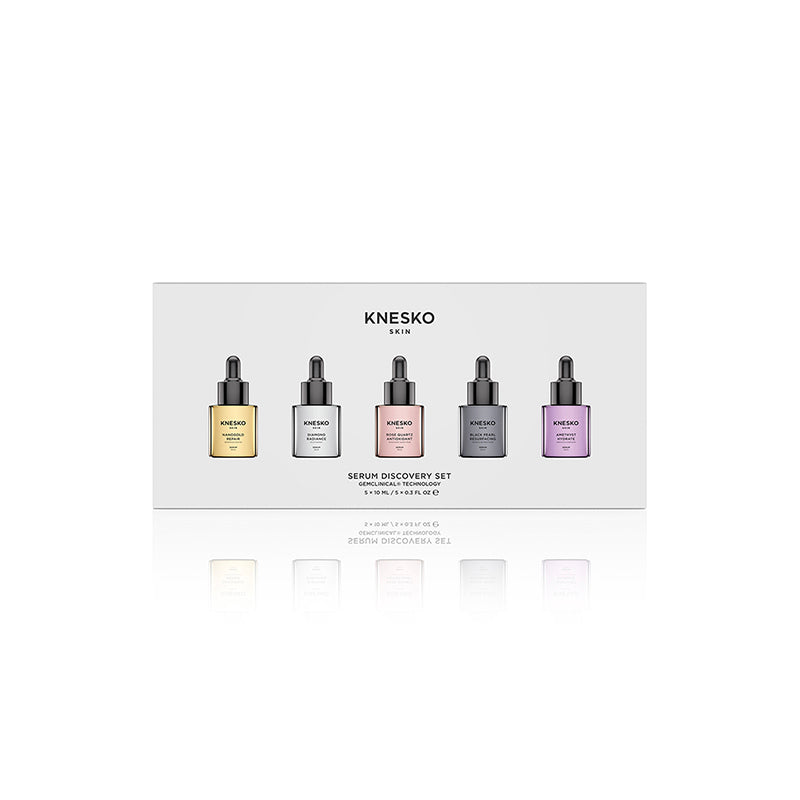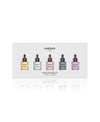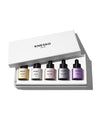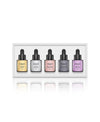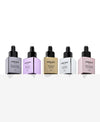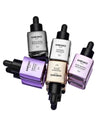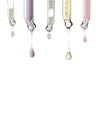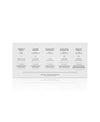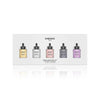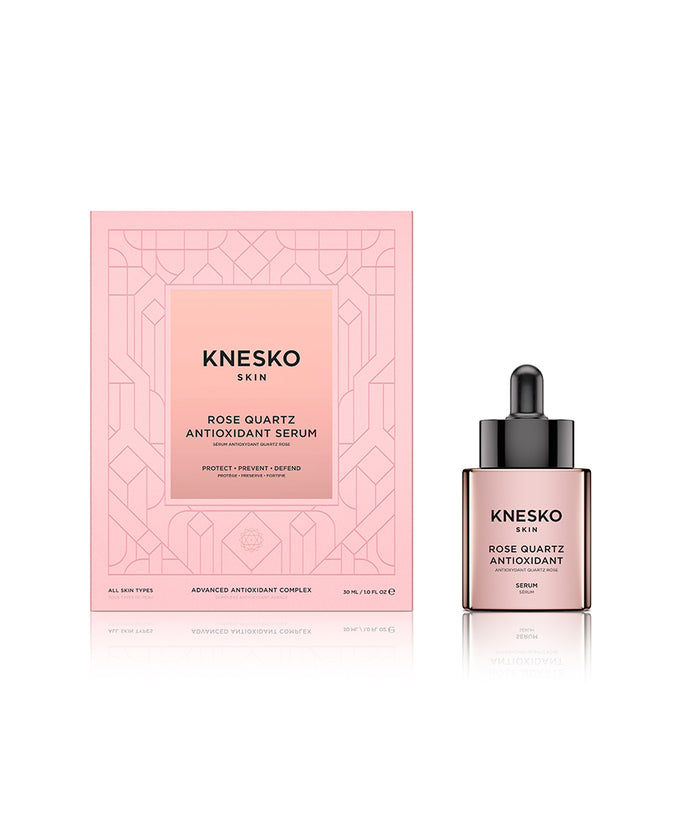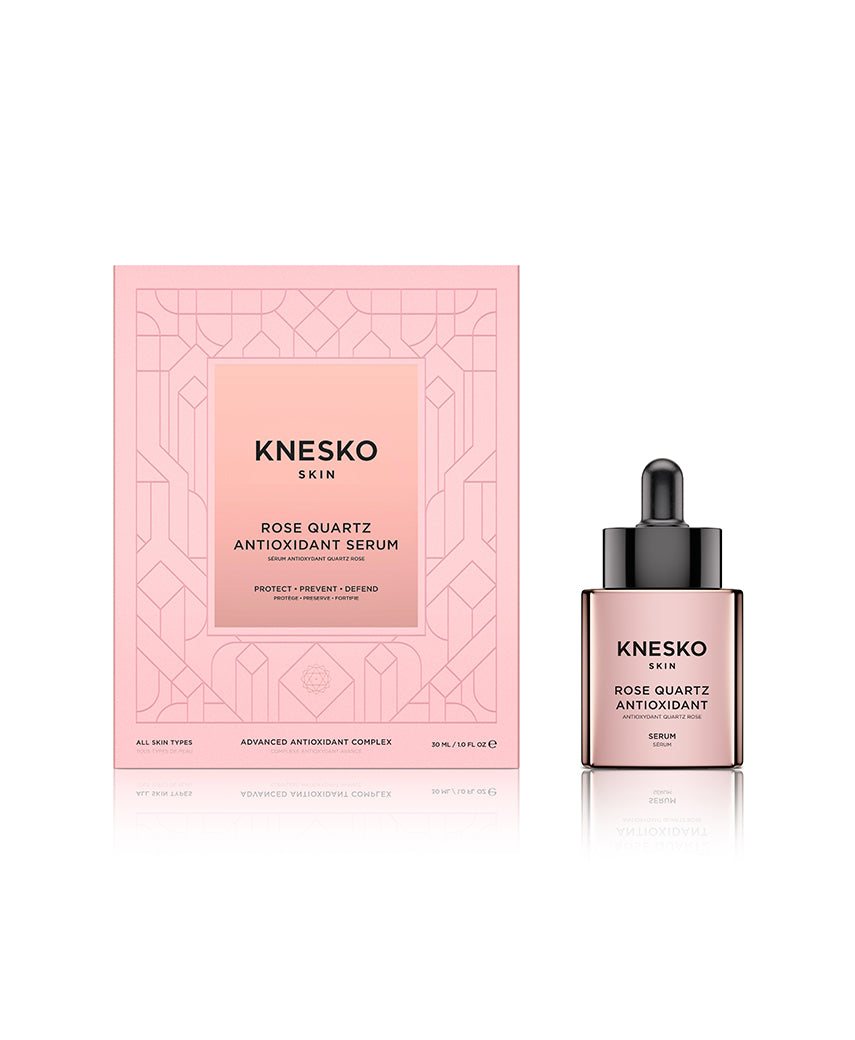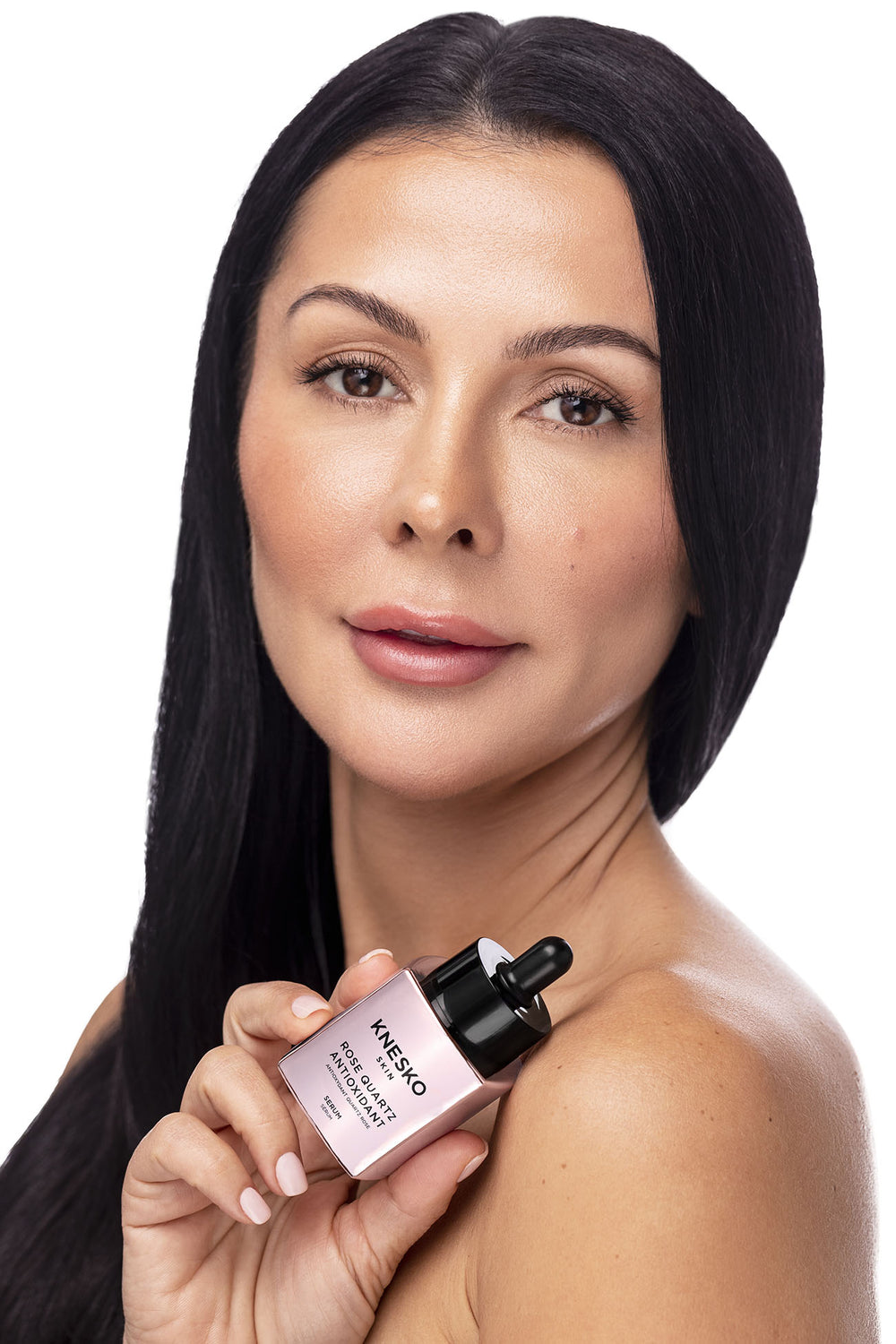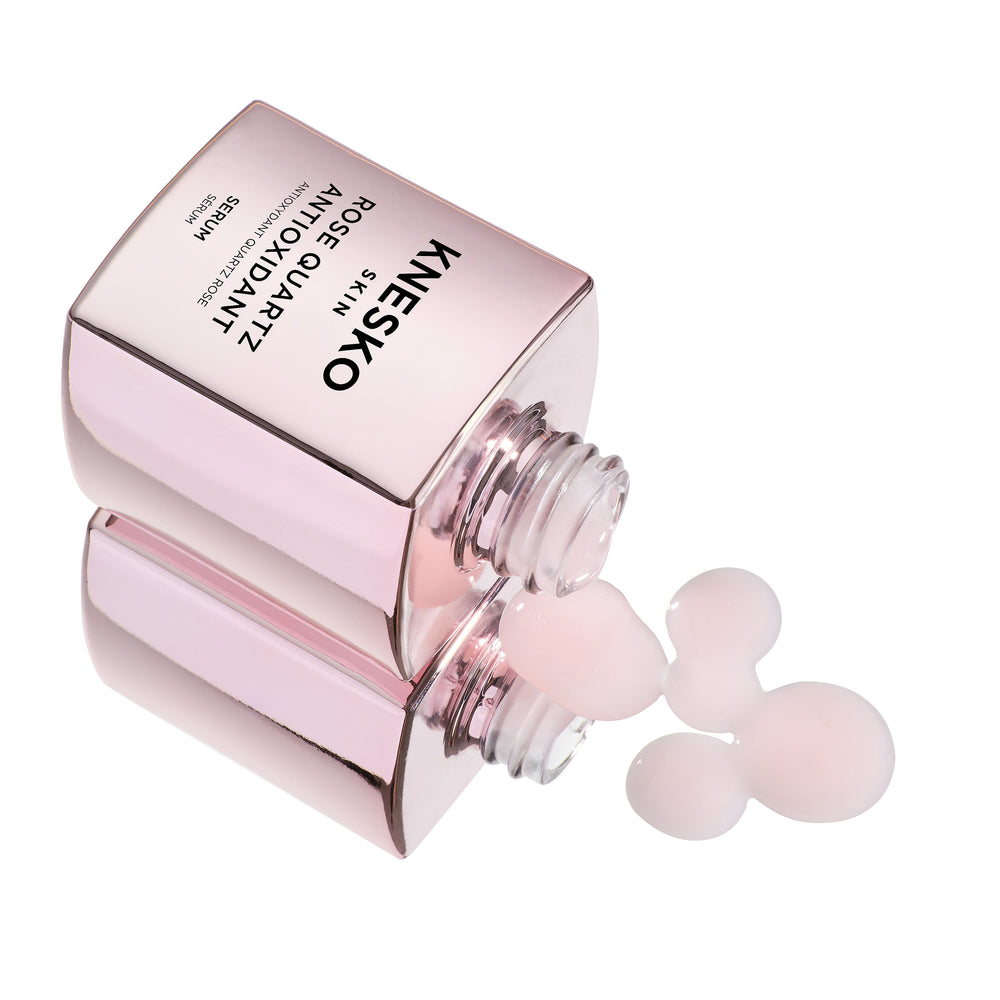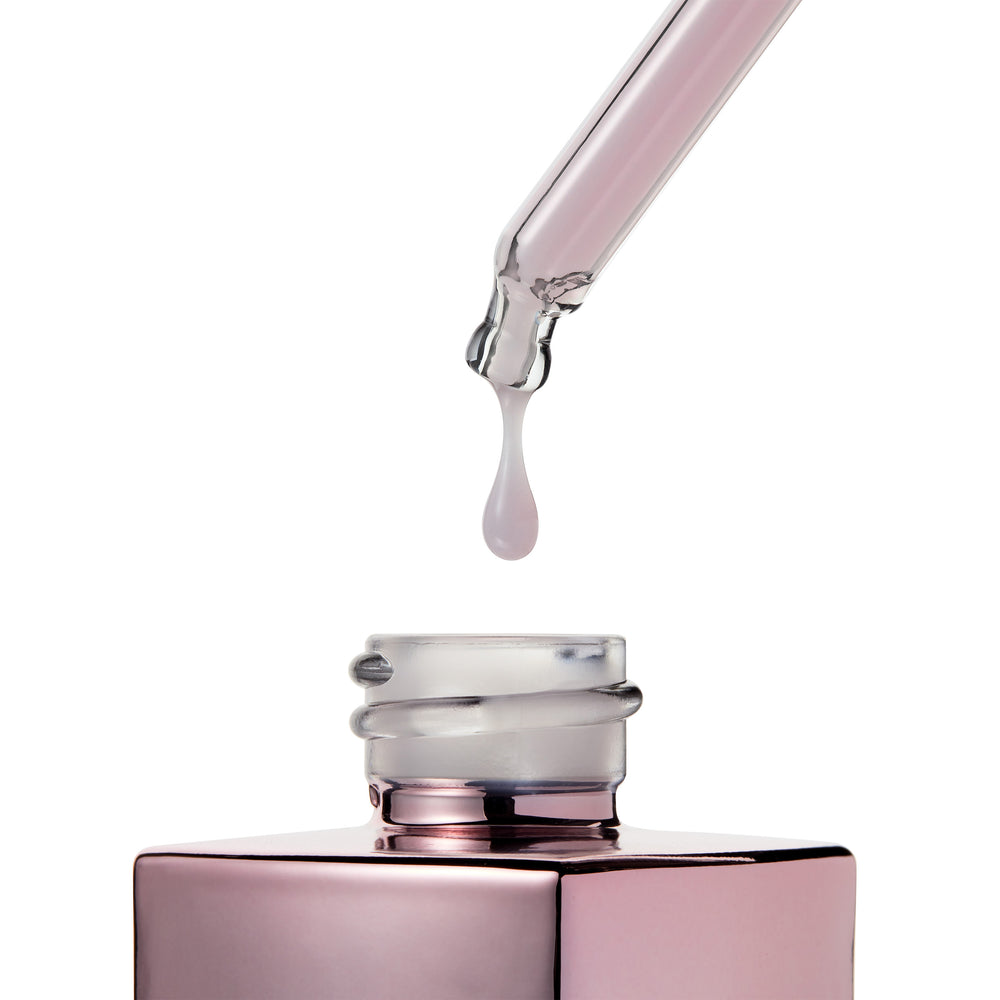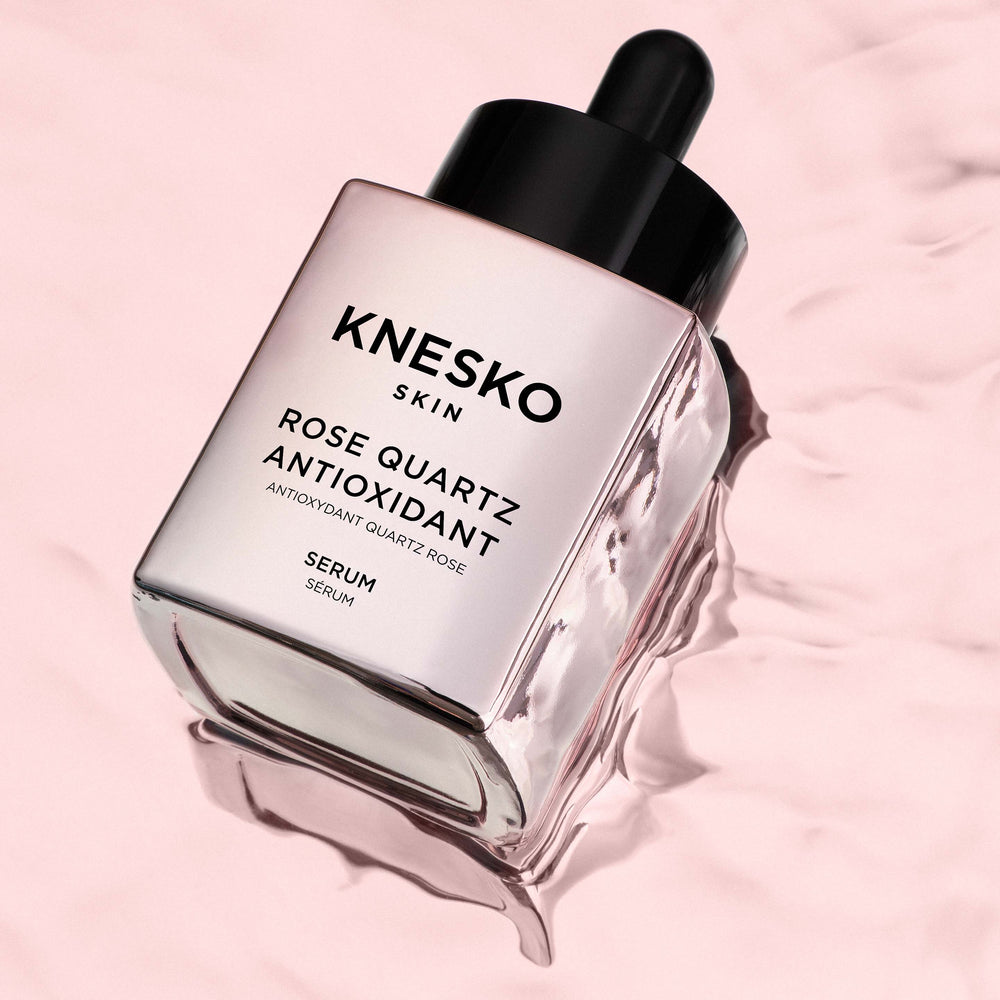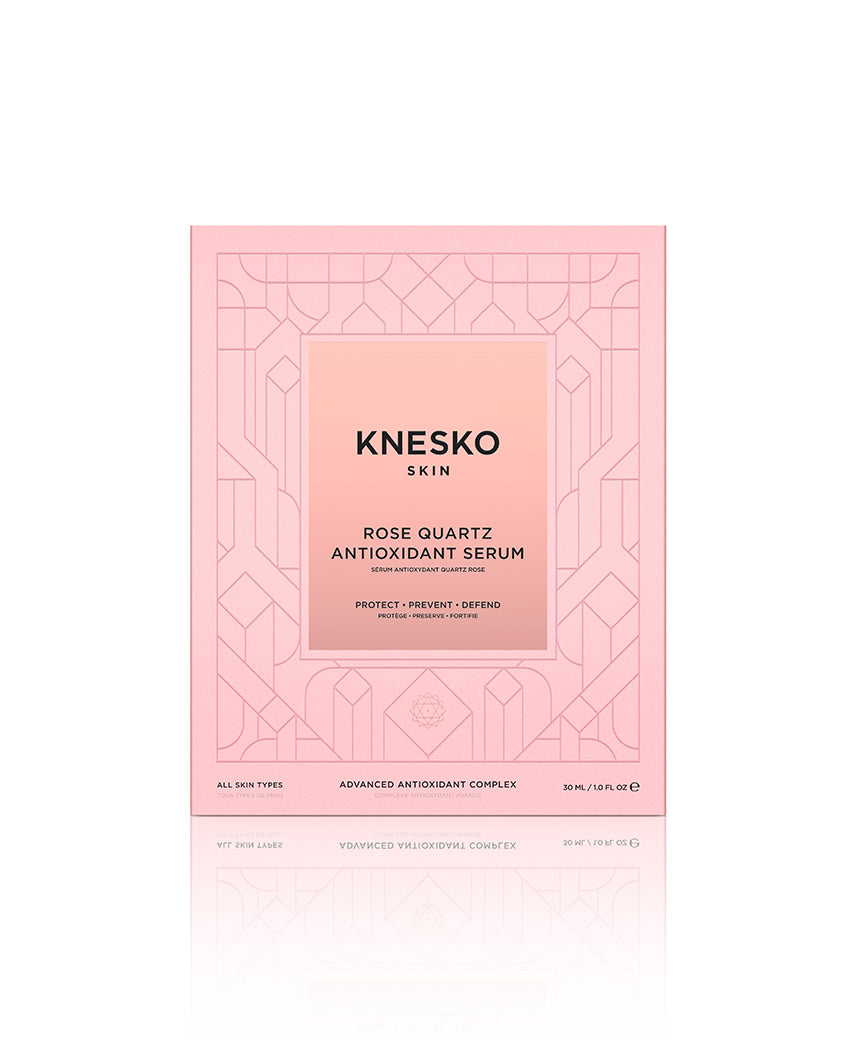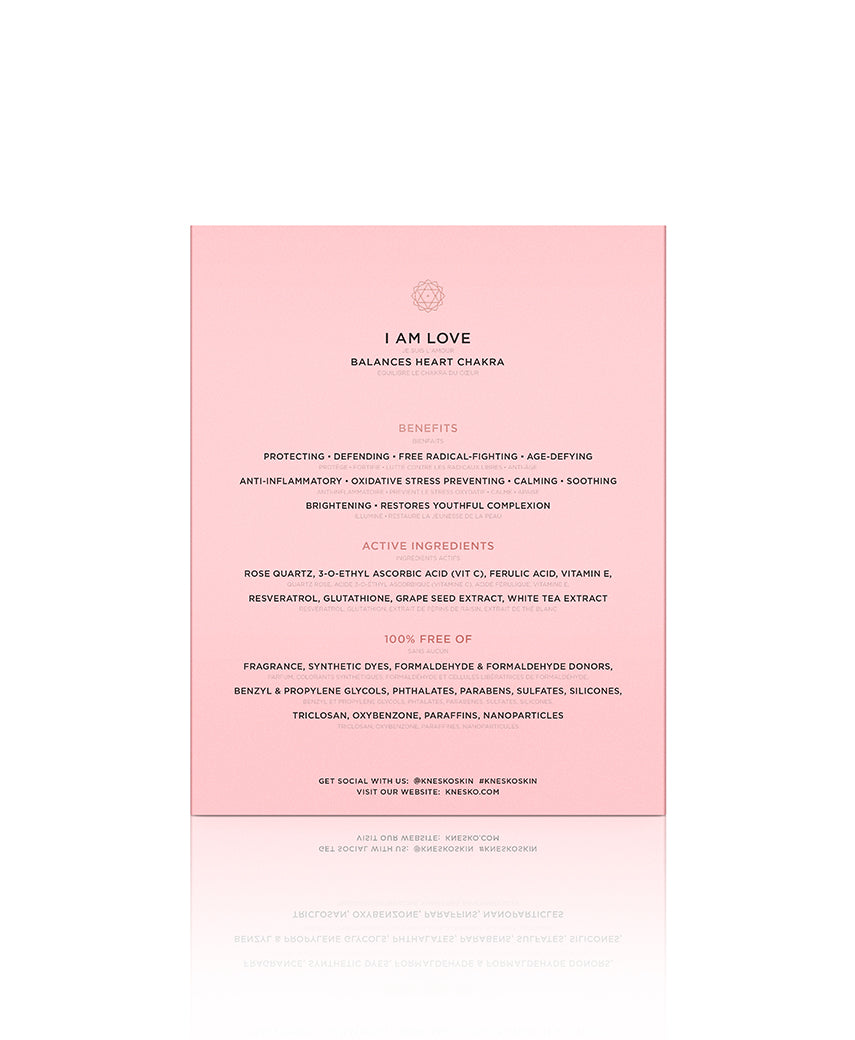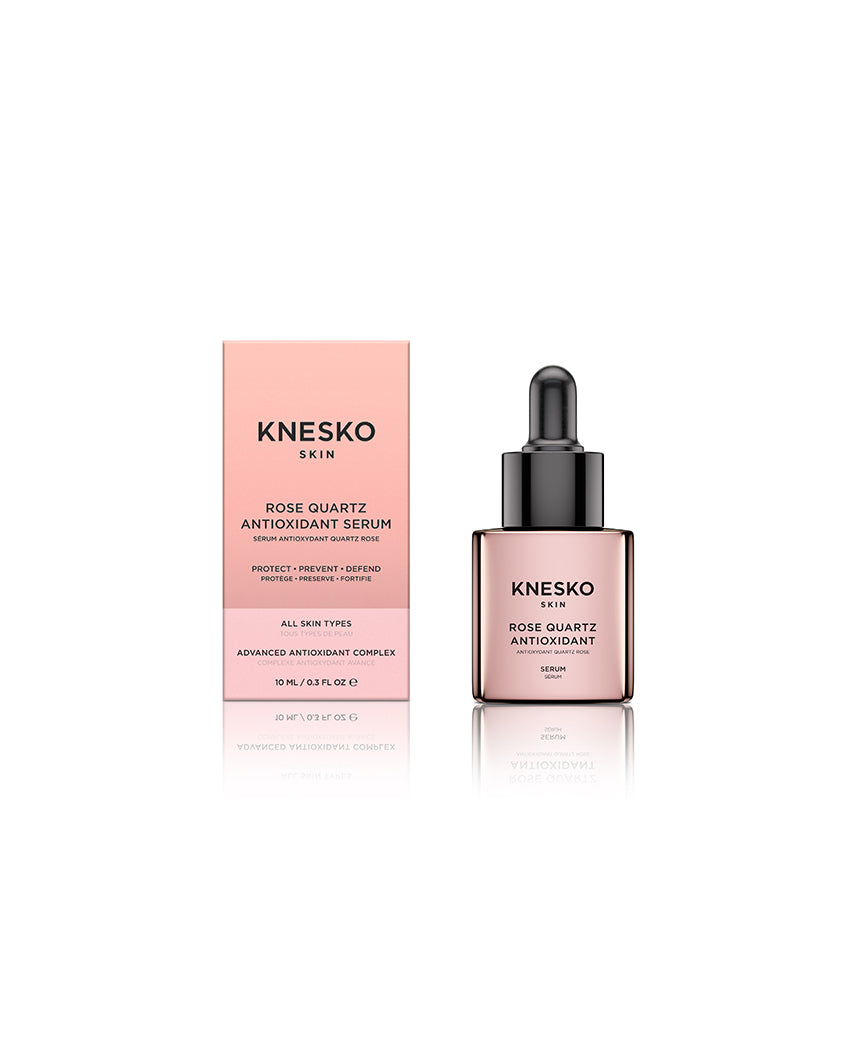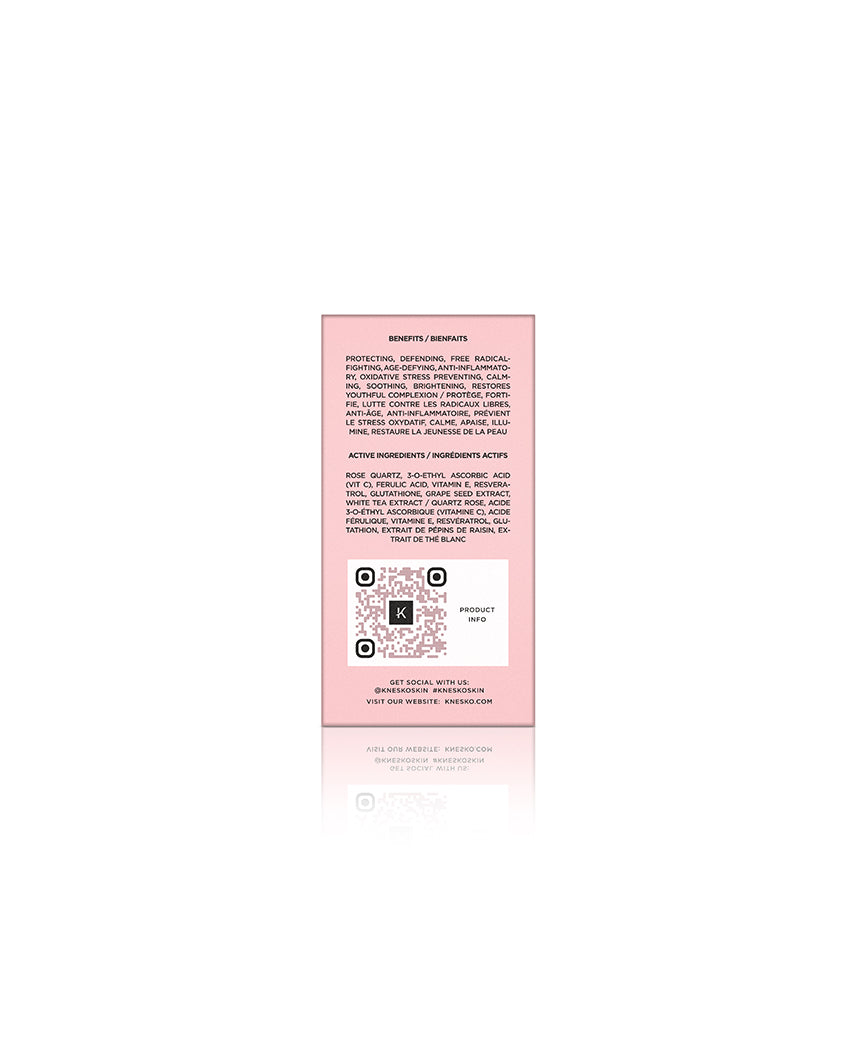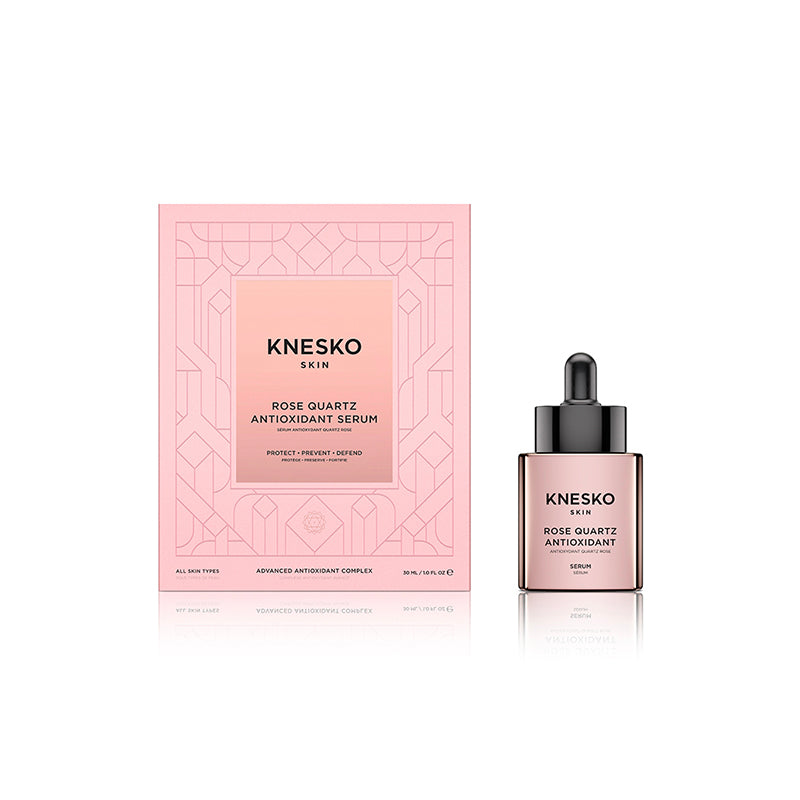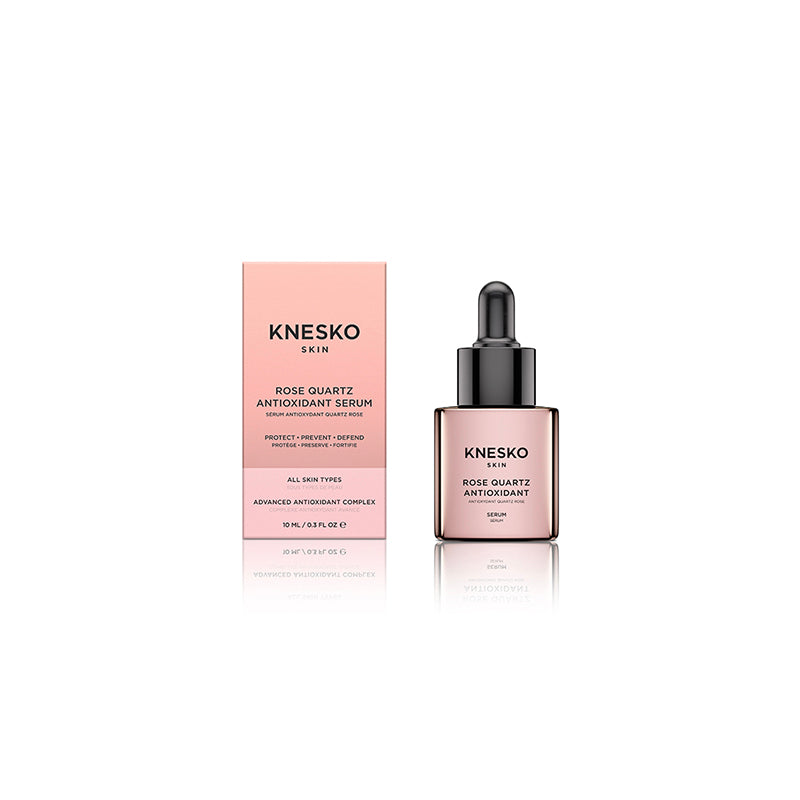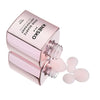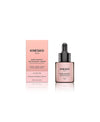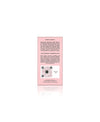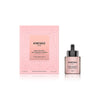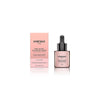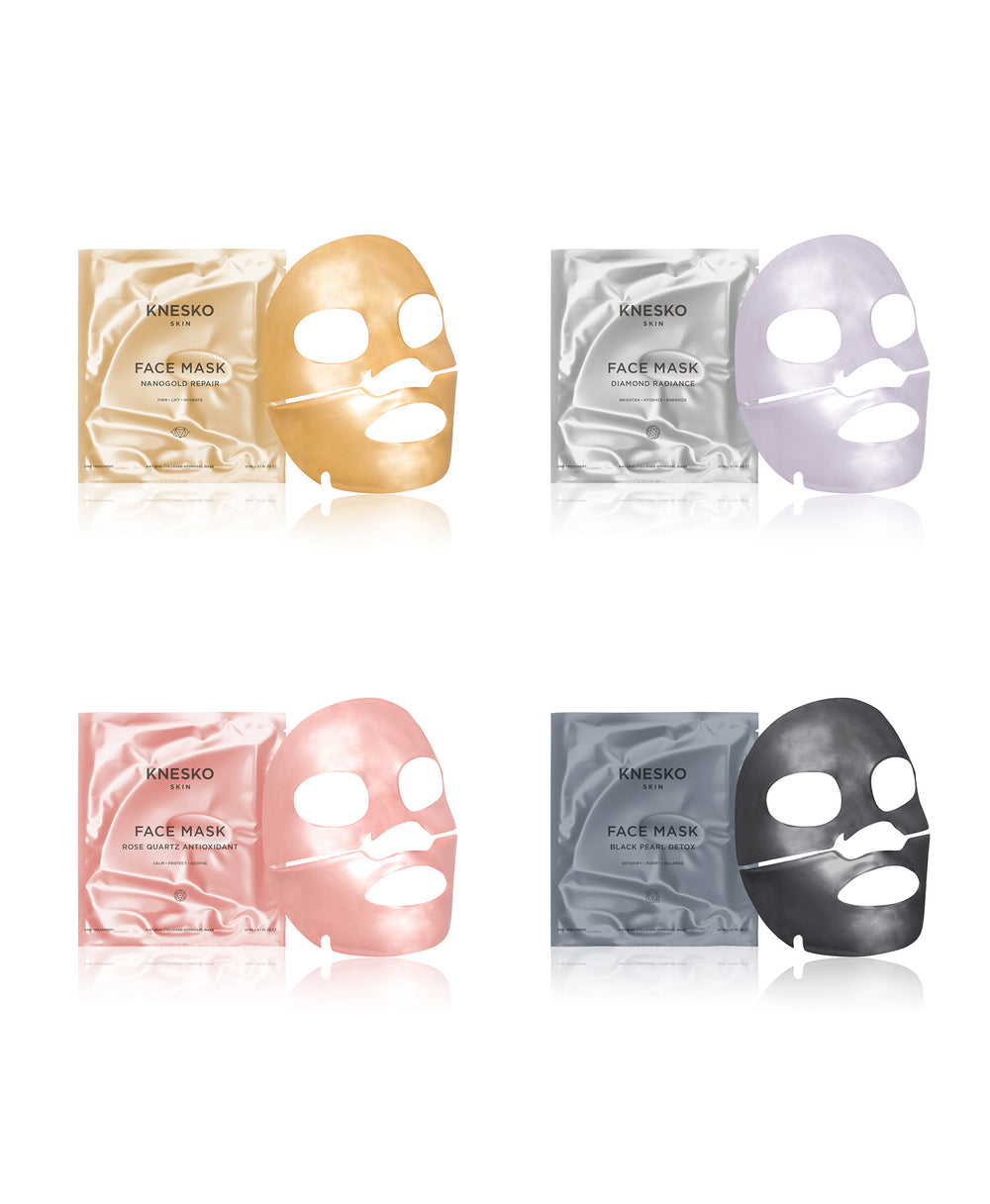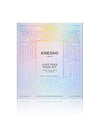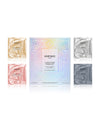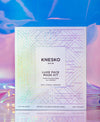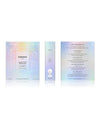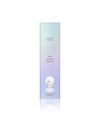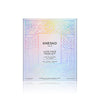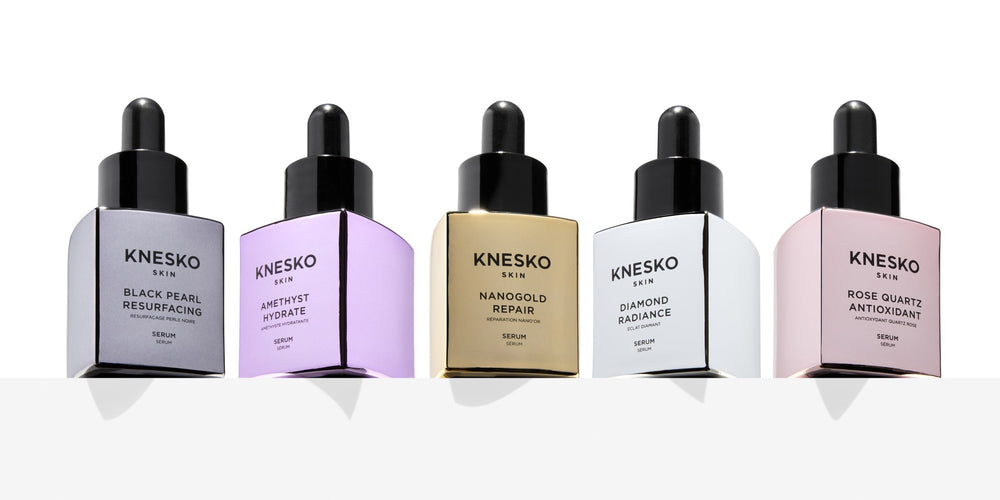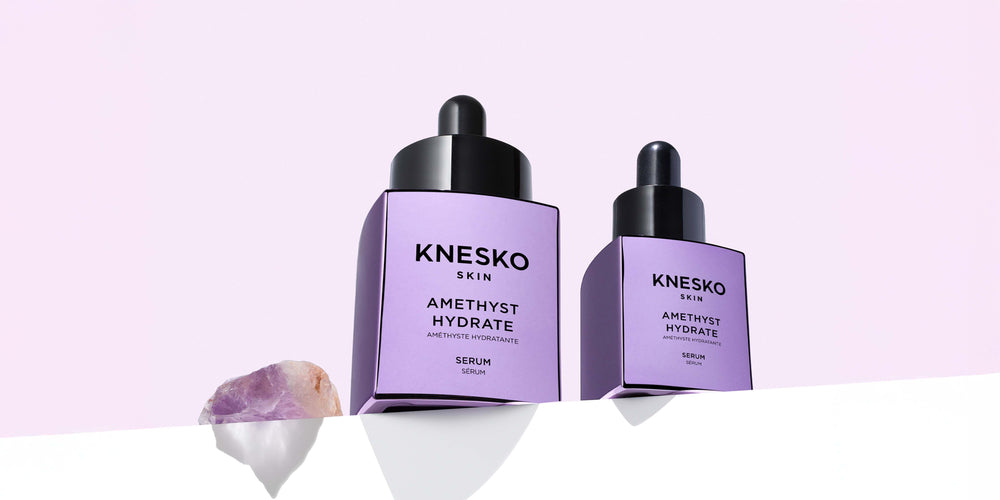Skin flooding is a trending skincare technique that involves layering multiple hydrating products onto damp skin to deeply replenish moisture and support a plump, radiant glow. Though it began as a buzzy trend, skin flooding is rooted in something much more timeless: the intuitive need to nourish, protect, and restore your skin through hydration.
In that sense, it’s not exactly a viral trendy moment that’ll pass, but more about tapping into what your skin has always asked for: water, balance, and gentle consistency. At its core, skin flooding invites you to slow down, tune in, and create a ritual that brings your skin back to life.
Related: Dry vs. Dehydrated Skin: Here’s How To Tell the Difference
How Skin Flooding Works
Our skin is in a constant dance with the elements; sunlight, wind, indoor heating, air travel, and even stress all contribute to daily moisture loss. Over time, this depletion can leave your skin looking tired, feeling tight, or appearing dull. Skin flooding helps replenish that loss by saturating the skin with layers of hydration when it’s most receptive—freshly cleansed and still damp.
This technique doesn’t discriminate by skin type. Whether your complexion leans dry, oily, sensitive, or somewhere in between, hydration is essential. And when applied with care and intention, it becomes more than just a routine; it becomes restoration.
How to Practice Skin Flooding: A Ritual, Not Just a Routine
You don’t need dozens of products or an elaborate 10-step regimen to begin skin flooding. What matters most is mindfulness: layering the right textures in the right order, while staying connected to the experience.
1. Begin with Clean, Damp Skin
After cleansing, allow your skin to remain slightly damp. This is when your skin is most permeable, like fertile soil, ready to receive nourishment.
2. Apply a Lightweight Hydrating Serum
Your first layer should be something water-rich, with humectants such as hyaluronic acid or glycerin. These ingredients help draw moisture into the skin and create a hydrated foundation. Apply gently and press into the skin to encourage absorption. Explore hydrating face serums to tailor your ritual to your skin’s current needs.
3. Layer a Richer Serum or Treatment
Now that your base layer is in place, follow with a second serum that offers deeper nourishment. A hydrating skin repair serum can help calm the skin, restore balance, and reinforce the barrier, all while sealing in that initial wave of moisture.
4. Seal with Moisturizer
Think of moisturizer as a soft veil; it locks in the hydrating layers beneath and shields your skin from the elements. Massage it in with intention, paying attention to areas that tend to feel drier or delicate.
5. Optional: Elevate with a Hydrating Mask
If your skin is feeling particularly thirsty, invite in a little extra love. A hydrating and repairing face mask adds another dimension of care, helping your skin feel visibly plumped and spiritually restored.
The Benefits of Skin Flooding
When practiced consistently, skin flooding can help bring your skin back to its natural state of radiance. The benefits go beyond what’s visible:
-
Deep, lasting hydration
-
Softer texture and smoother tone
-
A more luminous, youthful-looking glow
-
Improved absorption of active ingredients
-
A strengthened skin barrier and renewed bounce
It’s a beautiful ritual to lean into during seasonal changes, after travel, or any time your skin needs a gentle reset.
Related: 5 Common Complexion Problems & How to Fix
Who Benefits from Skin Flooding?
Everyone! Skin flooding doesn’t just belong to those with dry or mature skin. It’s a universally supportive practice, especially for:
-
Skin experiencing dehydration due to weather, stress, or lifestyle
-
Oily or acne-prone skin that needs balance without heaviness
-
Sensitive skin seeking replenishment without irritation
-
Anyone using actives like retinol or exfoliants, which can cause dryness
As always, the key is intention. Choose what your skin is calling for in this moment.
Skin Flooding vs. Product Overload
It’s easy to assume more products equal better results, but skin flooding is not about excess. It’s about thoughtful layering, guided by the texture and function of each formula. If your skin feels heavy or congested after flooding, you may be using too many rich or occlusive layers too early. Let your skin breathe and trust that fewer, better-chosen products often serve you more deeply.
When and How to Skin Flood
Skin flooding can be done daily or a few times a week, depending on your skin’s needs. Many enjoy it as a gentle morning ritual to prep the skin or as a calming evening reset after a long day. Whether you incorporate it after exfoliation, before a special event, or just as part of your nightly wind-down, skin flooding brings a sense of calm and renewal to any skincare routine. Even a single layer of hyaluronic acid serum followed by moisturizing collagen face masks can offer instant comfort.
Turning a Trend into a Practice of Presence
Skin flooding may have risen from viral videos, but its essence is timeless. It’s not just about hydration; it’s about reverence. A ritual that allows you to reconnect with your skin and meet it where it is, without judgment. This is where skincare becomes soul care. And when you're ready to take the ritual further, explore amethyst hydrating masks and serums or a soothing hydrating and repairing face mask to deepen your self-care practice from the outside in.
